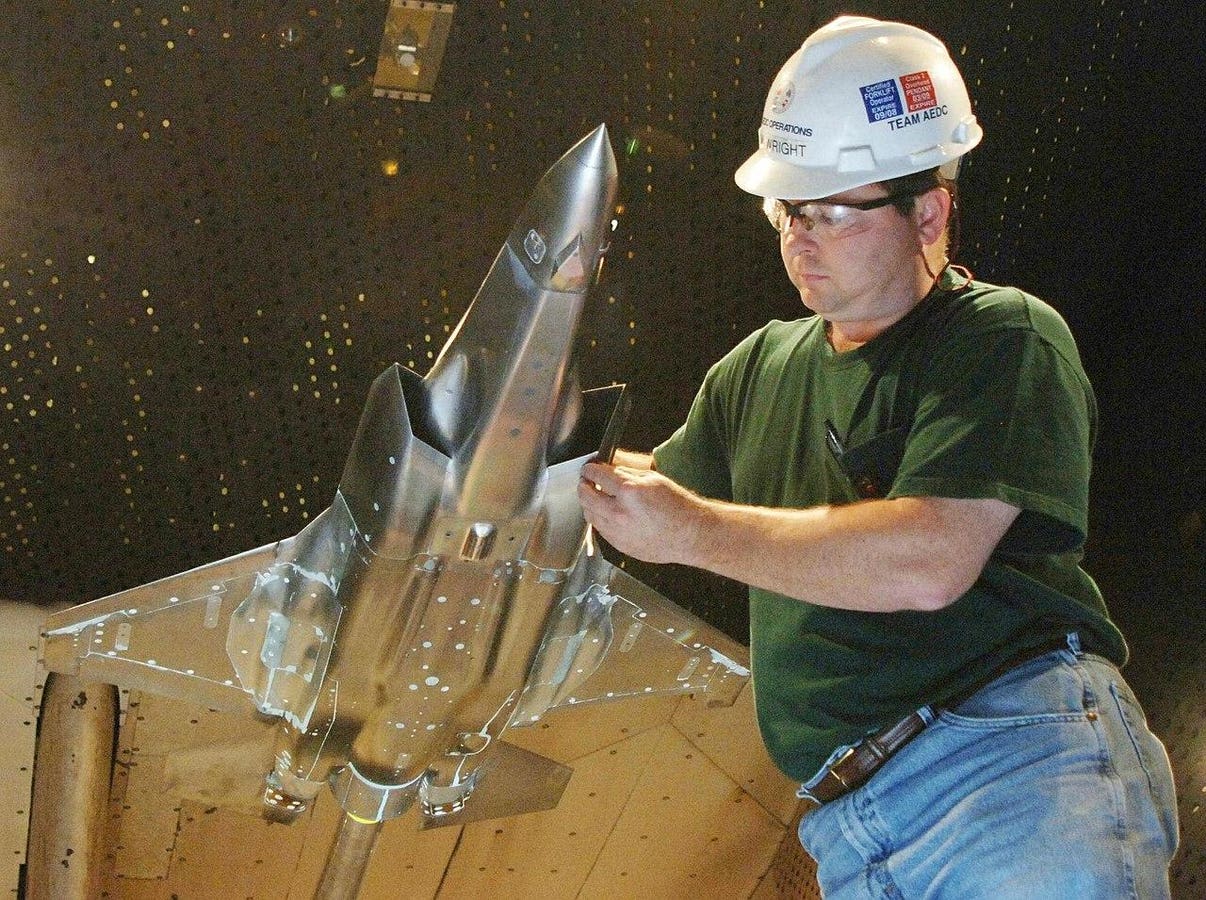So a F-22 with such an engine would have a way longer range in subsonic than currently, that does not mean its range in supersonic (full mil power) would increase substantially
I don't know how substantially, but the corollary is that in supersonic flight you could push nearly all the air through the core and that is also going to give you higher efficiencies in the right conditions. Generically, if you push more air through the core than a F119 and retain exhaust velocity, you'll be more efficient at high speed than the F119.
You can move a lot of air slow, or a smaller amount of air fast to generate the same thrust. Generally, moving more air is more efficient (turboprop, undicted fan, high bypass)-- you steal energy from the core exhaust velocity to move more air.
But in the thrust equation, you need to subtract free stream velocity from exhaust velocity. So at higher speeds, you need higher efflux velocity for the same thrust. Another strike against high bypass in combat aircraft is the time it takes to spool up and down. You want finer control over thrust.
So each engine is tailored to a specific speed regime, accepting the compromises with whatever bypass ratio they choose. An F-22 is relatively low bypass bc it spends time at high speed and needs exhaust velocity for efficiency. F-35 has a larger bypass to take advantage of subsonic efficiency. If you have an engine that allows you to tailor your bypass ratio and exhaust velocity, you should get higher efficiency at all parts of the envelope than whatever the single compromise you would typically choose.
If the new engine has an option for a higher bpr than a F135 and lower possible bpr than a F119 and is similarly sized, it gives better efficiency all across the envelope. Or say the F135 size engine is the same bpr at max, but also allows lower bpr than the F135 by forcing air through the core, the F-35 will now have better supersonic efficiency (and possibly thrust) and lower spool times available as needed, but retains subsonic efficiency.
So instead of tailoring the engine to a specific best regime, you can tailor it to multiple points adjustable as needed. Bypassing the core for efficiency at lower speeds, or forcing more air down the core and getting higher efflux velocity at high speeds.
www.nationaldefensemagazine.org





